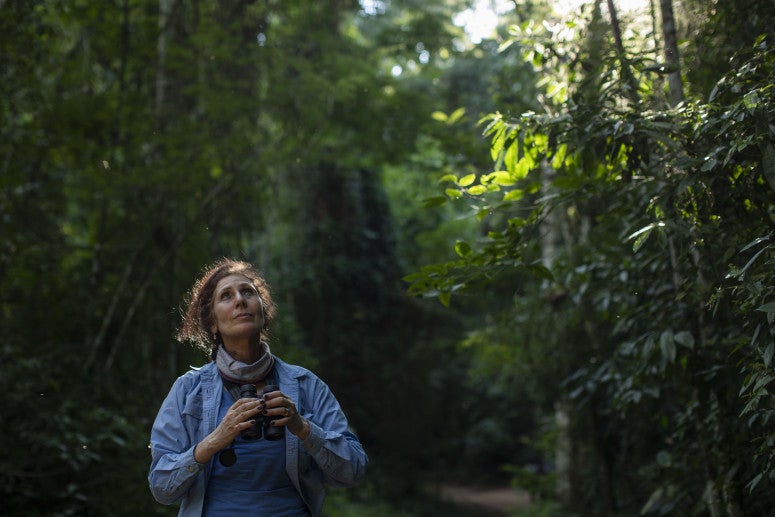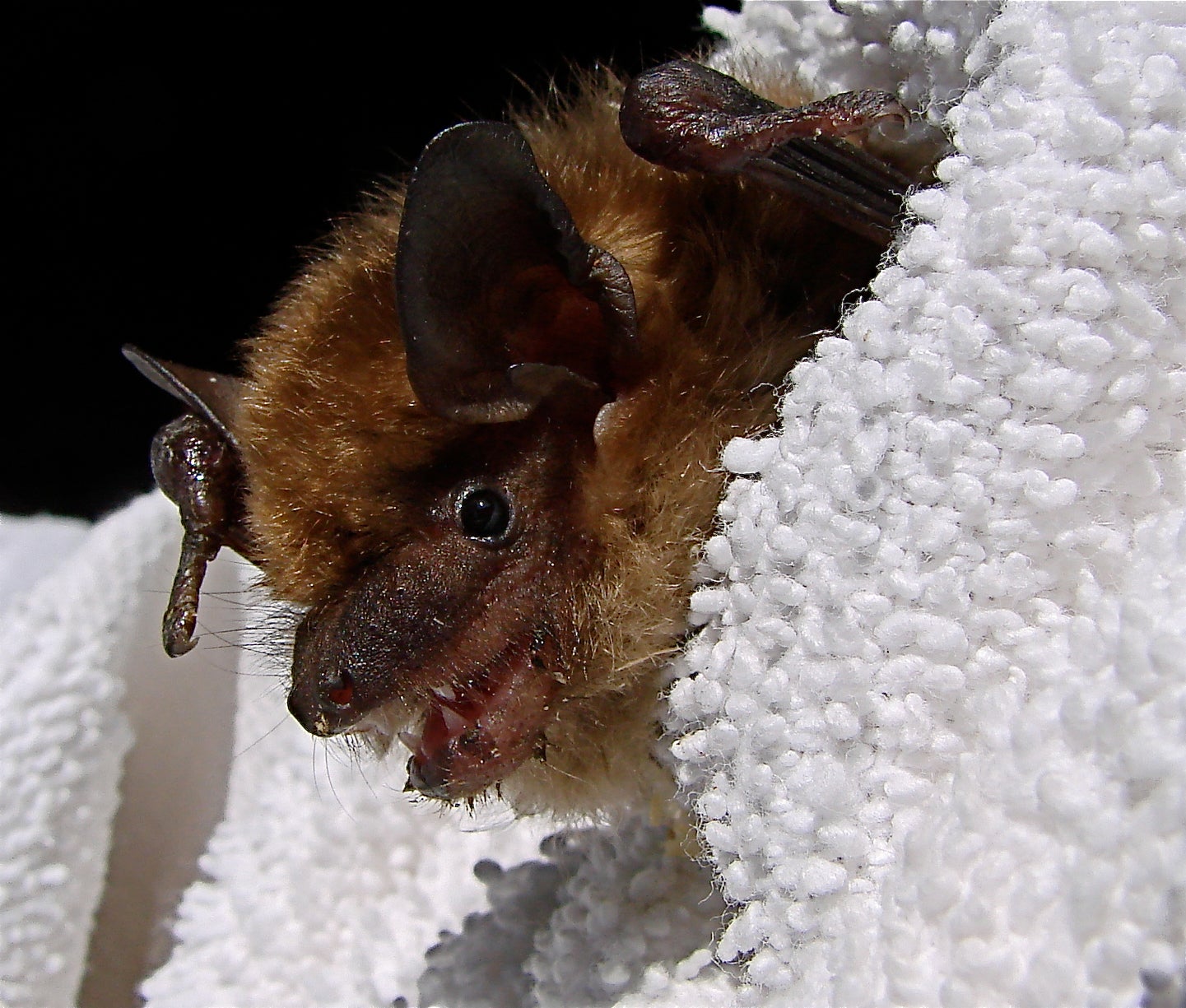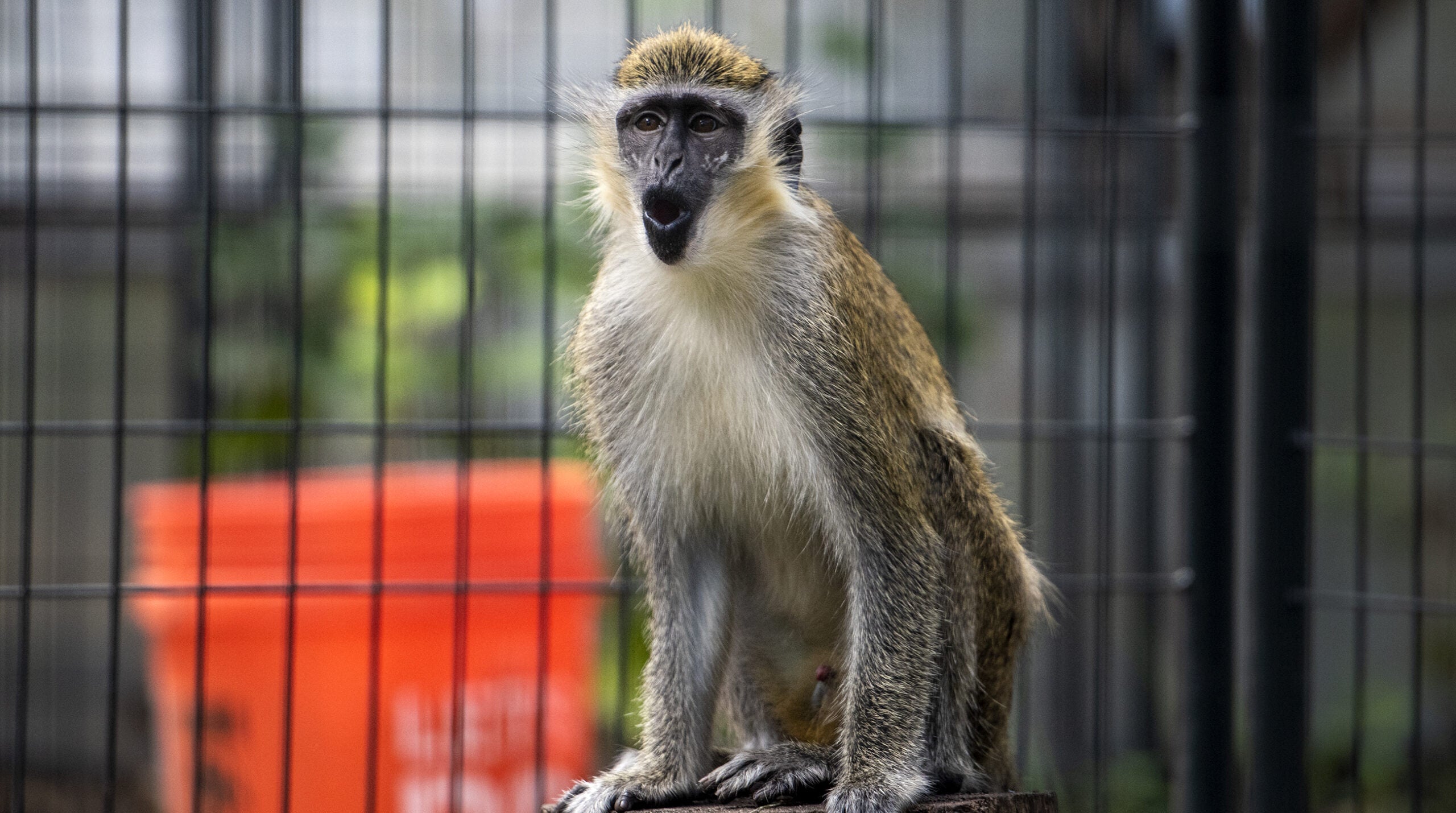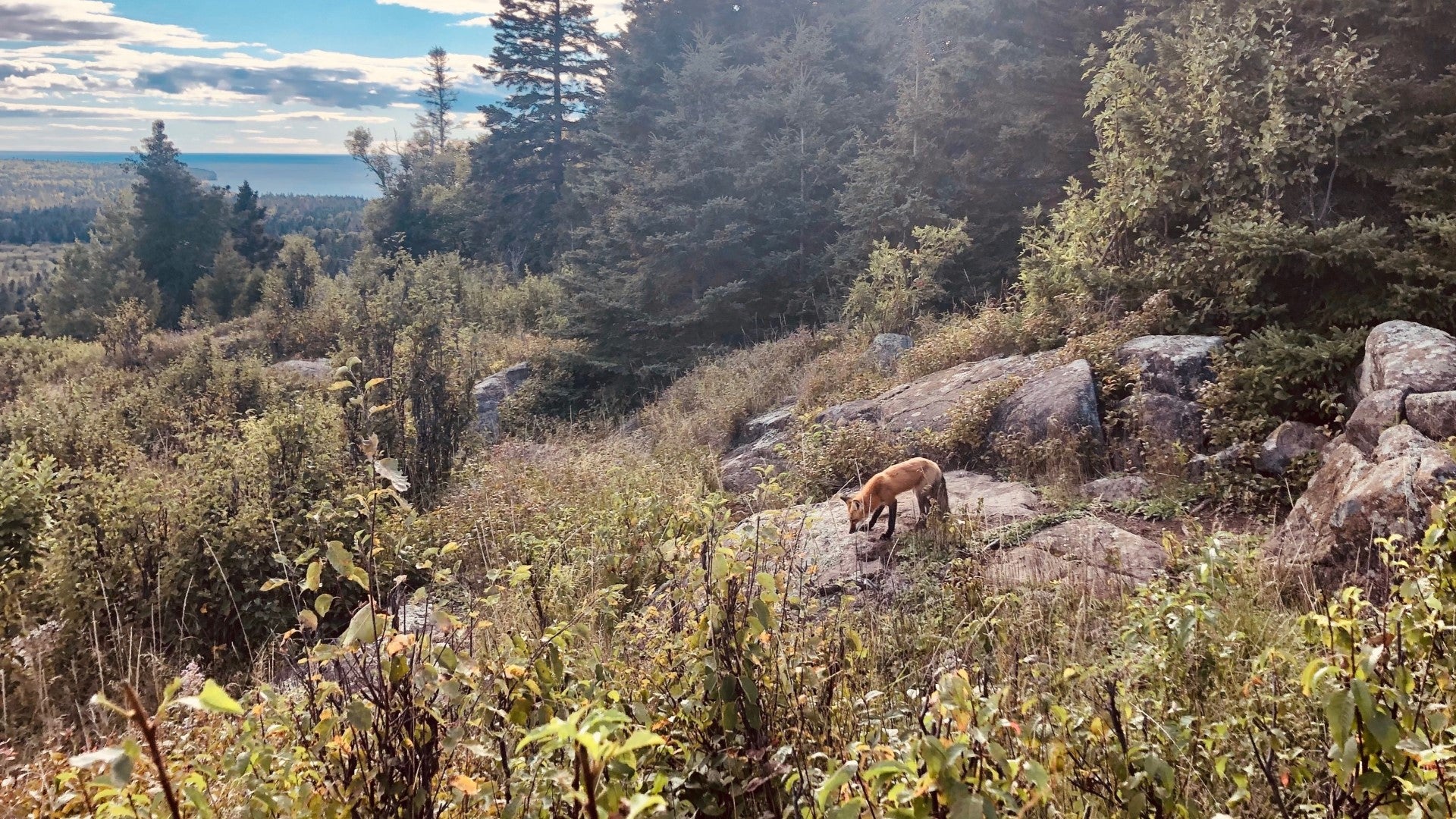Wisconsin primate researcher Karen Strier worries the lanky monkeys she’s studied over much of her lifetime are nearing the end of their lineage in Brazil.
Muriquis are one of the world’s most endangered monkeys with about a dozen populations left. They are under pressure from deforestation and hunters.
Strier, an anthropology professor at the University of Wisconsin-Madison, recently joined WPR’s “The Morning Show” to discuss her research of the monkeys. Muriquis are unique because of their peaceful and egalitarian societies, she said.
News with a little more humanity
WPR’s “Wisconsin Today” newsletter keeps you connected to the state you love without feeling overwhelmed. No paywall. No agenda. No corporate filter.
“The first time I saw them, I fell in love with them,” she said. “Every day I spend with the muriquis, every time I see them, I’m just impressed by how much more they have to teach us.“
The monkeys live in the Atlantic Forest region of Brazil. Over the years, agricultural and urban development picked up in the region, fragmenting the environment. Parts of the forest are under government protection. However, other parts are visited by hunters.
While privately owned land can be a safe haven, Strier said those places are “like islands in the middle of pasture.”
“What remains of the Atlantic Forest is just small pockets,” she said. “Unless we can find ways to reforest and build corridors that connect these different patches, then eventually the populations become too small, too closely inbred and (they) don’t have much of a future.”
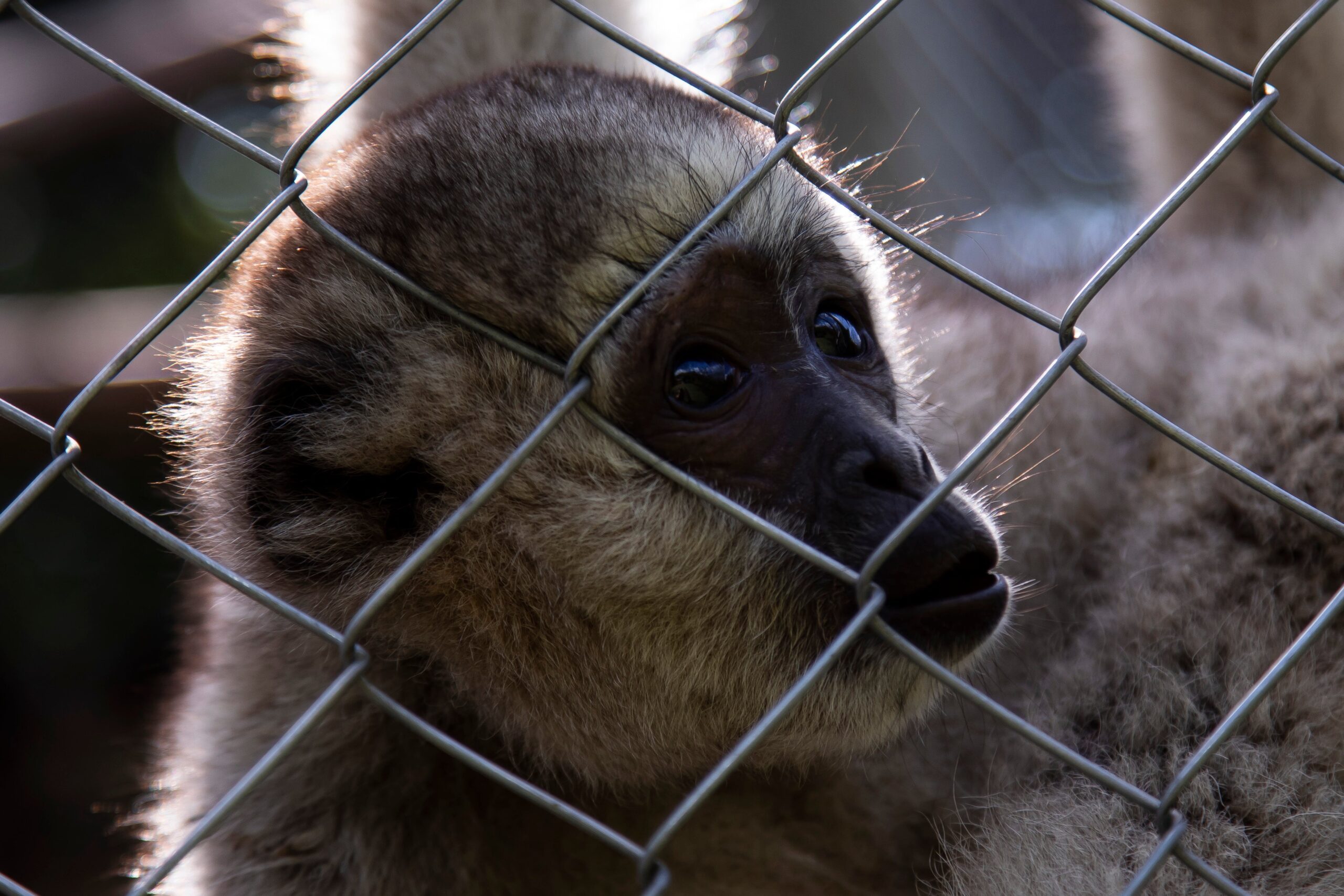
Strier studies what muriquis need, what food they like, what habitat they prefer and what social patterns they follow. Planting trees and connecting forests — giving muriquis the highway they need — is imperative, she said.
“That’s also going to protect them and other animals from the impacts of climate change, because it will give them escape routes from habitats,” she said. “We can help them find ways so that they can move into more suitable areas.”
To study the muriquis, Strier said she starts by waking up before the monkeys. She first revisits the place she last saw the muriquis. Then, she tries to keep up. One day, Strier said, her phone tracked her walking the equivalent of nearly 100 flights of stairs.
“This can mean walking up and down hills for miles and miles all day,” she said.
Muriquis, like other primates, live in “rich, complex social worlds where they’re tuned into one another’s relationships,” Strier said. About a year ago, she co-authored a study relying on 20 years of observations on muriquis mothers carrying their babies after the babies had died.
“It’s very hard to see an animal do something like that — sometimes for days — and not attribute to them some appreciation for the emotions that humans feel, as well,” she said.
Strier finds herself brooding why — after 40 years of research — she still has to worry about the muriquis. Scientists know so much about the primates and how to save them, she said. Saving the muriquis comes down to action.
“As I get older, I’m getting impatient with the world,” she said.
Wisconsin Public Radio, © Copyright 2025, Board of Regents of the University of Wisconsin System and Wisconsin Educational Communications Board.

